Plaza de España, Seville, Spain
The Plaza de España in Seville is part of the Parque de María Luisa and was built south of the city center for the Ibero-American Exposition of 1929.
It is a successful mix of architectural styles including Baroque Revival, Moorish Revival (Neo-Mudéjar), and Renaissance Revival styles.
History
The Parque de María Luisa, designed by the French landcape architect, Jean-Claude Nicolas Forestier, hosted the Ibero-American Exposition of 1929.
The Plaza de España, the work of Aníbal González in a vast half-circle, hosted Spain's exhibits on industry and technology and was the centerpiece of the event. It is the most beautiful legacy of the 1929 Expo with its fountains, flowerbeds and grand boulevards.
Architecture
The semicircular plaza is lined with tiled benches and there are several cooling ponds, fountains and a waterfall.
There are also several statues dotted here and there including monuments to Gustavo Adolfo Becquer, a sevillian poet and a bronze work in honour of Princess María Luisa de Orleans, who gave the land for the park, which is named after her.
Close to the Plaza de España are the Museo de Artes y Costumbres Populares with exhibits of Andalusian folk art and the Museo Arqueológico with finds from the Roman Itálica on display.
Access - Getting There
The Plaza de España is within easy strolling distance of several of Seville's major attractions including the Universidad de Sevilla, and the Real Fábrica de Tabacos de Sevilla, forever associated with the story of Carmen as well as the Moorish Real Alcazar.
The nearest stop on the Seville metro is Prado de San Sebastian. From there it is just a 7-minute walk south.
Buses that stop close to the park include the C1, C2, 30, 31, 33, 34, 41, 70, and 72.
Sevilla Guide
Iglesia Colegial del Divino Salvador
Plaza de Toros de la Maestranza
Map of Seville
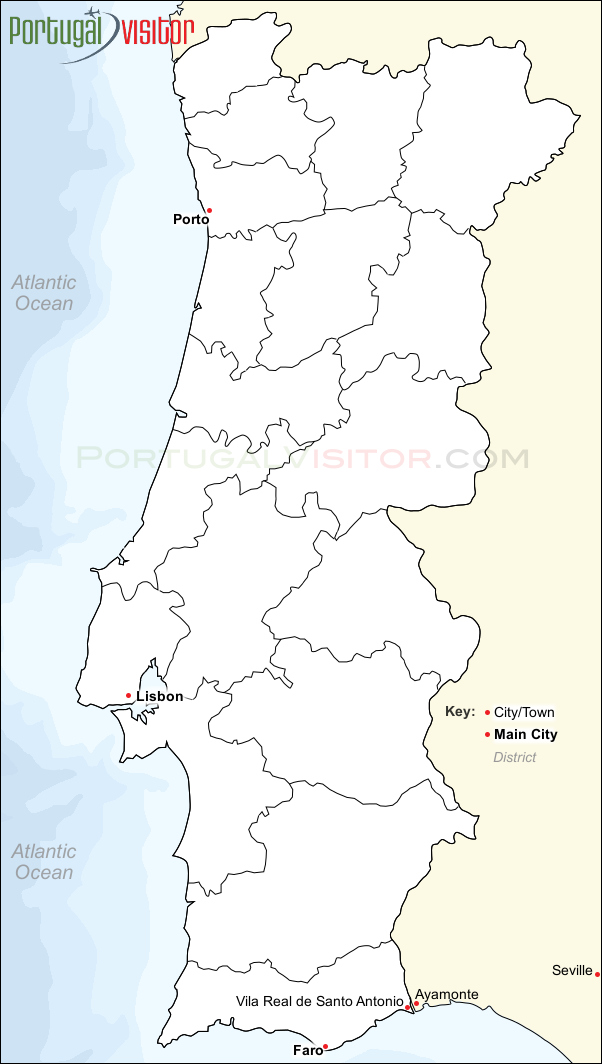 |
| Map of Seville, Spain |
© Portugal Visitor.com
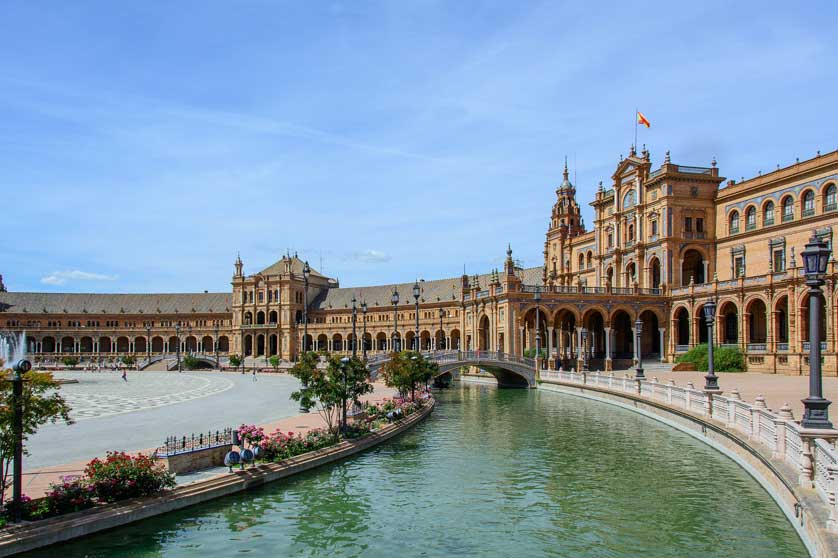



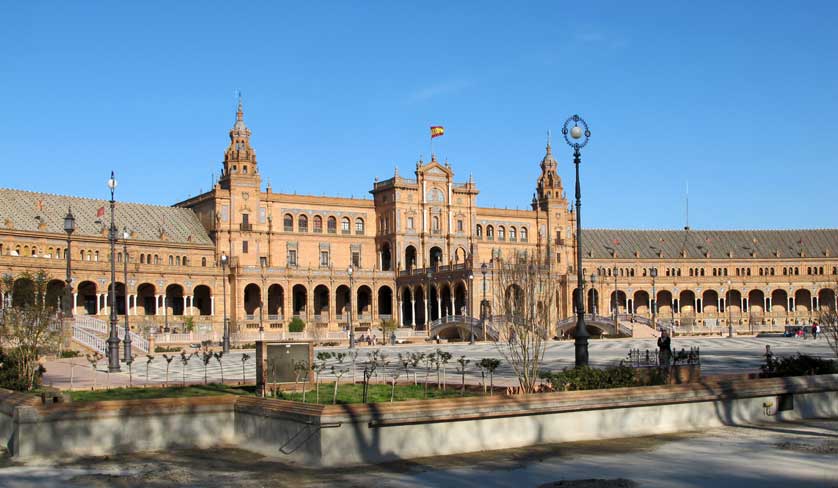

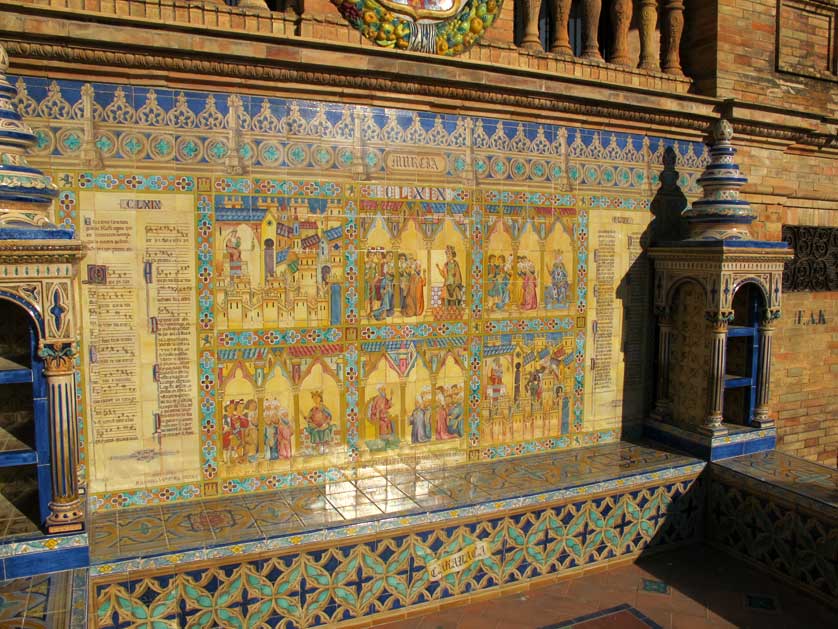
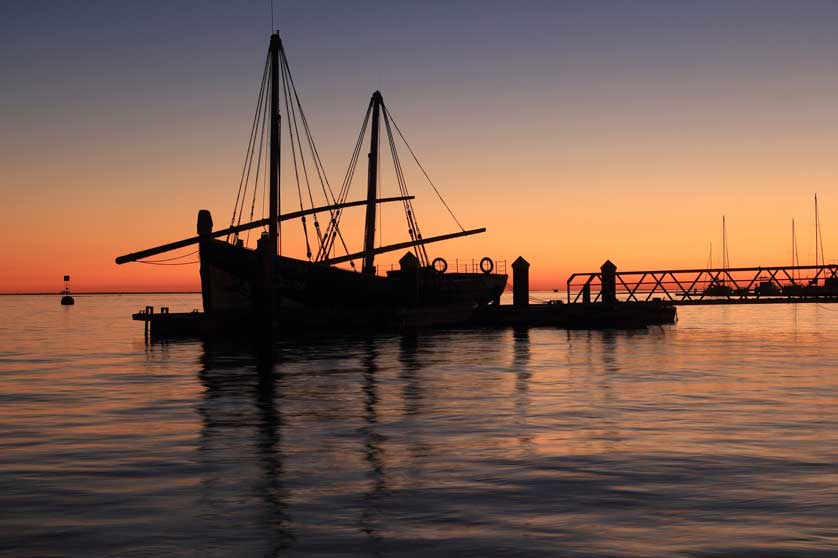





No comments:
Post a Comment